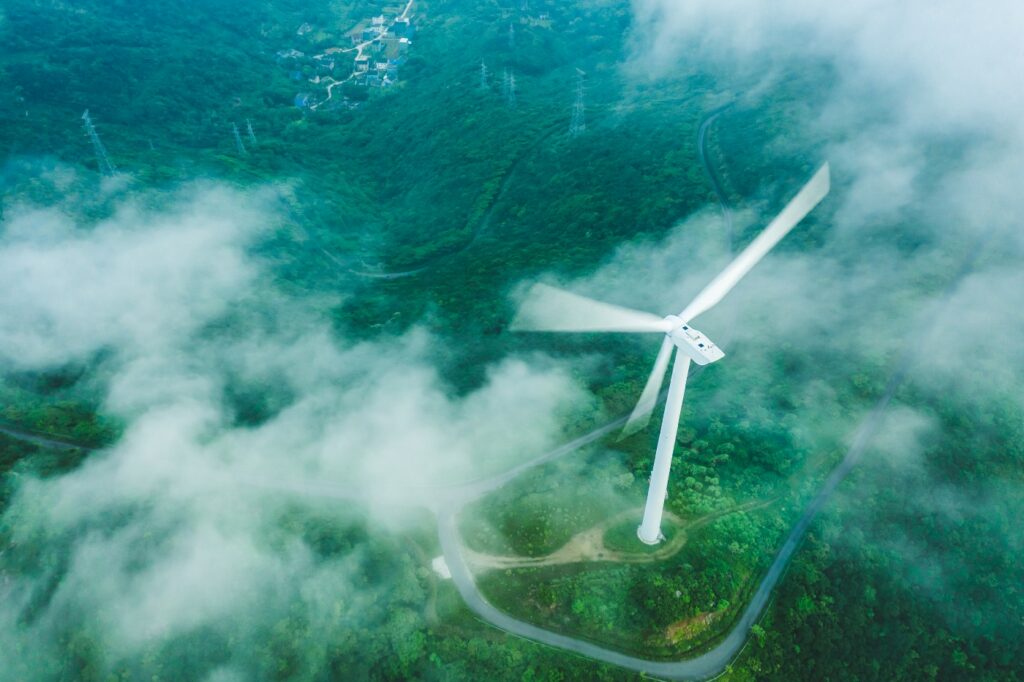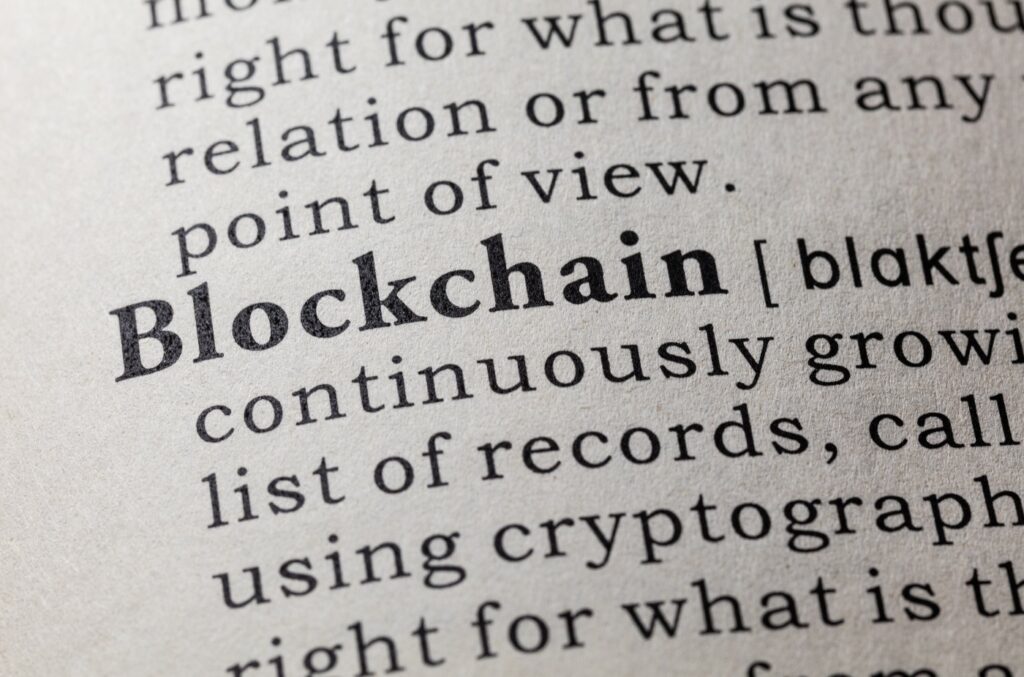Welcome to another installment of Soluna’s AMA (Ask Me Anything) series, where you — our shareholders and our followers on Twitter and LinkedIn — can get your questions answered.
In this Q&A, John Belizaire, CEO of Soluna Holdings, Inc., answers shareholders’ and potential investors’ most asked questions about operations, future projects, cash flow, and more.
If you are a new shareholder, welcome to the community!
If you are a current shareholder, thank you for your support and patience as we ramp up our flagship sites and continue to grow our enterprise and drive shareholder value.
Learn how to submit your questions, if you haven’t already, at the end of this AMA.
Do you plan on releasing monthly operation updates soon? Soluna’s PR is way behind its peers in this regard.
We have been releasing metrics on the sites. Here is our July update. Here is our June update. After Project Dorothy is fully ramped up, we will consider sending out press releases (similar to our peers) with key hosting and proprietary mining operational metrics. We may begin this in the fall.
Is Soluna confident that the company can deliver all projects on time and within budget as it is right now with a challenging climate in the market?
As we covered in our recent quarterly update. More than 19,500 machines have been deployed across all three data centers as of August 14, 2023.
Project Sophie: On April 6, 2023, we announced a 25 MW hosting contract with a sustainability-focused hosting customer. Since then, we have deployed miners to the entire site and have been running at full capacity. In June, the site achieved one of the highest utilizations in its operating history.
Project Dorothy 1A: On May 10, 2023, we announced a contract to fill the 25 MW capacity at Project Dorothy 1A with two strategic hosting partners, including Compass Mining. We completed the deployment of Project Dorothy 1A’s hosting customers with 100% of the site deployed.
Project Dorothy 1B: In May, we announced a $14 million Prop-Mining Joint Venture with Navitas Global. We completed a tender to purchase equipment, with more than 8,250 machines acquired for a total of 860 PH/s of hashrate with an average efficiency of 29.9 J/TH, at a cost of $11.25 $/TH inclusive of all fees, import, and taxes. Machines continue to ramp with 3,600 deployed to date. The remaining are expected to be online by the end of August.
How come projects are being shut down as mentioned in the latest report? a 75% drop in income doesn’t send a very good signal to the market.
Project Marie was decommissioned last year as part of an effort to refocus our resources on Project Dorothy. We also returned collateral that was housed at Project Marie to NYDIG. The revenue drop in our 10-Q is driven by the decommissioning of Project Marie and a move from proprietary mining at Project Sophie last year (and earlier this year) to primarily a hosting business. You should begin to see the ramp of that revenue over the next two quarters as we complete Project Dorothy’s rollout and see the full multi-quarter benefits of the new Project Sophie business model. An illustration of the earnings power of the new business models appears in our 2023 Earnings Power Presentation.
I mean it’s nice to see positive [Working Capital], but if we know that it will be burned solely by operations I wonder how you will react to that?
We have a few ways to fund our ramp-up to cash flow positive and growth. First and foremost, we maintain a high degree of financial discipline in how we spend our cash by focusing our expenditures on products and services that move us along the shortest path from cash burn to cash positive and defer those that don’t. We maximize the cash flow generation of existing assets by continuously improving efficiencies.
Would you mind explaining if the cash burn from operating activities will be reversed into positive figures from the full deployment of Dorothy 1B?
We plan to achieve positive operating cash flow through a combination of ramping and optimizing our existing infrastructure and controlling costs. For more information take a look at our 2023 Earnings Power Illustration for more information about the cash generation potential of our facilities.
Currently, there are $10.7 million in convertible notes on the balance sheet with an 18% interest and a conversion rate of ~$0.30, maturing on July 25, 2024 — including interest, this would equate to ~41 million new shares issued. The note holder is also subject to a Beneficial Ownership Limitation, which restricts them from owning more than 9.99% of the outstanding Common Stock shares. Given that currently, approximately 36 million shares are outstanding, the note holder is limited to converting a maximum of +/- 3.6 million shares at any given time without selling. Effectively there is no mechanical way for them to ultimately convert all its shares; What is the strategy to address this “stale-mate” situation? Can you pay a portion of this down, restructure the remainder, and amortize it over a more extended period?
You are correct, there is a limit to the amount the Noteholders can convert instantaneously without hitting the 9.99% limit in their agreement. As I noted during my recent fireside chat with Water Tower Research our management and board continuously evaluate our capital structure and the optimal way to address any issues presented given the dynamic nature of the business and capital market environments. We believe the best approach is to focus on building earnings power at the company that can be used to optimize our capital structure. As cash flow grows, our business options and opportunities will grow, as will our ability to pursue non-dilutive opportunities to raise capital, support the company’s growth, and build shareholder value.
[From your 10-Q, I see] the judge in Nevada dismissed NYDIG’s motion without prejudice, postponing the case until Kentucky issues a summary judgment. If NYDIG wins, has anyone successfully pierced the corporate veil in Nevada?
While I am not a lawyer, Soluna has been advised that it is extremely rare for a piercing the corporate veil (PCV) action to be successful in Nevada. While it is generally difficult to pierce the corporate veil in Nevada, there are a few Nevada cases where a party has successfully pierced the corporate veil. However, these cases are factually different from our case.
The majority of the industry reports a “Netted” power cost (gross power costs combined with the benefit of ancillary grid services); when you state your power costs of ~$30 Per/MWH, is that on a gross or net basis?
Our power costs are our true power costs. In other words, we do not net the benefits of ancillary services or other power trading activities in our calculation of average power cost.
Project Kati is a new 166 MW wind farm in Texas. You are already in the planning phase with a signed term sheet. What have you learned to expedite the process (vs. the Dorothy Process, which was drawn out over ~16 months)? Also, is the development estimate of ~$450k P/MW or ~$74M still accurate for Kati’s full build-out?
Project Kati is benefiting from our experience at Project Dorothy. We now know the ERCOT process intimately and understand the required interconnection studies. We are working closely with our power partner to get those key studies completed as soon as possible. Project Kati has already completed the first of the three major studies required to complete the planning phase. Project Dorothy’s delay was due to: (1) the ERCOT process was new, fairly undefined, and introduced just after we completed our submission, (2) ERCOT was still working to understand the nature of these new flexible data centers. Soluna worked with their planning and engineering teams to help educate them. Today we have a good relationship with ERCOT and the transmission service providers.
On your question about the cost of development of Kati: We aim to reduce our cost of construction and optimize the design of each new data center. We believe Project Kati can be built faster and more cost-effectively than Project Dorothy. In my Letter to Shareholders, I reference a metric of $450K/MW of build cost to illustrate our projects’ earnings power and return on invested capital. That is still our target. We will keep you posted when Project Kati begins bidding for our construction partners, after ERCOT approvals.
Spring Lane committed ~$35M to multiple Soluna projects; to date, it has committed ~$12.5 million for an 85% stake in Dorothy 1A. Is the remaining $22.5 million earmarked for future projects?
Spring Lane Capital (SLC) has been a great partner for our company. Yes, the SLC commitment is across multiple projects. We will present them with projects from our pipeline, including Project Kati for investment consideration.
As [someone mentioned on Twitter] your company sold off most of its revenue-generating assets. So what’s the plan now?
It is not true that we sold off most of our revenue-generating assets. We decommissioned Project Marie. We sold Edith (our smallest data center) and we sold off portions of Dorothy 1A (up to 85%) and Dorothy 1B (49%). We continue to own 100% of Dorothy 2 (50 MW), 100% of Project Kati, and 100% of the over 700 MW of pipeline projects.
To be clear with respect to Spring Lane and Dorothy 1A, we own 15% of the project and have the right to half of the free cash flow coming from the other 85% once we return their capital and meet their IRR hurdle. While this is not an immediate cash flow to Soluna, the company is in a position to receive 57.5% of the project’s free cash flow over the long term (15% plus 42.5% (50% of 85%)).
We intend to execute the plan we laid out in my Letter to Shareholders.
Namely, we will aim to develop up to 50 MW of our Project Dorothy 2 through project-level partnerships, leverage existing infrastructure, and reduce the cost of construction through various design optimizations. And, we will sign term sheets – like Project Kati – and advance pipeline projects through the ERCOT LFL process until they are shovel-ready.
What are the highlights that we should garner from the Q? It’s hard to tell if you guys will make it.
Financial strength – Our balance sheet continues to strengthen from a combination of new investments and continued focus on financial discipline.
Diversified revenue sources – We successfully transitioned and diversified our revenue sources from largely proprietary mining to a mix of hosting and mining thereby reducing revenue volatility and adding financial partners.
Improved asset mix – We decommissioned underperforming operations and launched state-of-the-art high-performance facilities, setting the stage for future growth.
Pipeline growth – We are aggressively pursuing new growth opportunities including Project Dorothy 2 and Project Kati, and receiving enthusiastic interest from potential investment partners.
Thank you for submitting your questions!
To catch up on previous AMA sessions, check out our blog and our YouTube channel.
If you’re reading this and haven’t had a chance to ask your question, it’s not too late.
Fill out this form, or drop your questions on Twitter @SolunaHoldings, to have your questions answered in our next AMA installment.
If your question wasn’t answered here, be sure to subscribe to our newsletter. We’re providing business insights and answering questions there, too.
We encourage you to read the following research reports from Water Tower Research:




